All the stuff from Seth Godin:
Markets often persuade us that we don’t have enough.
Communities remind us that we do.
Compelling, and I think true. It leaves me pondering about crypto communities that have both.
We are in full swing on the residing and window replacement project with Keyprime. All the windows have been replaced, most of the old cedar siding off, and the new LP going on. Big and messy project.

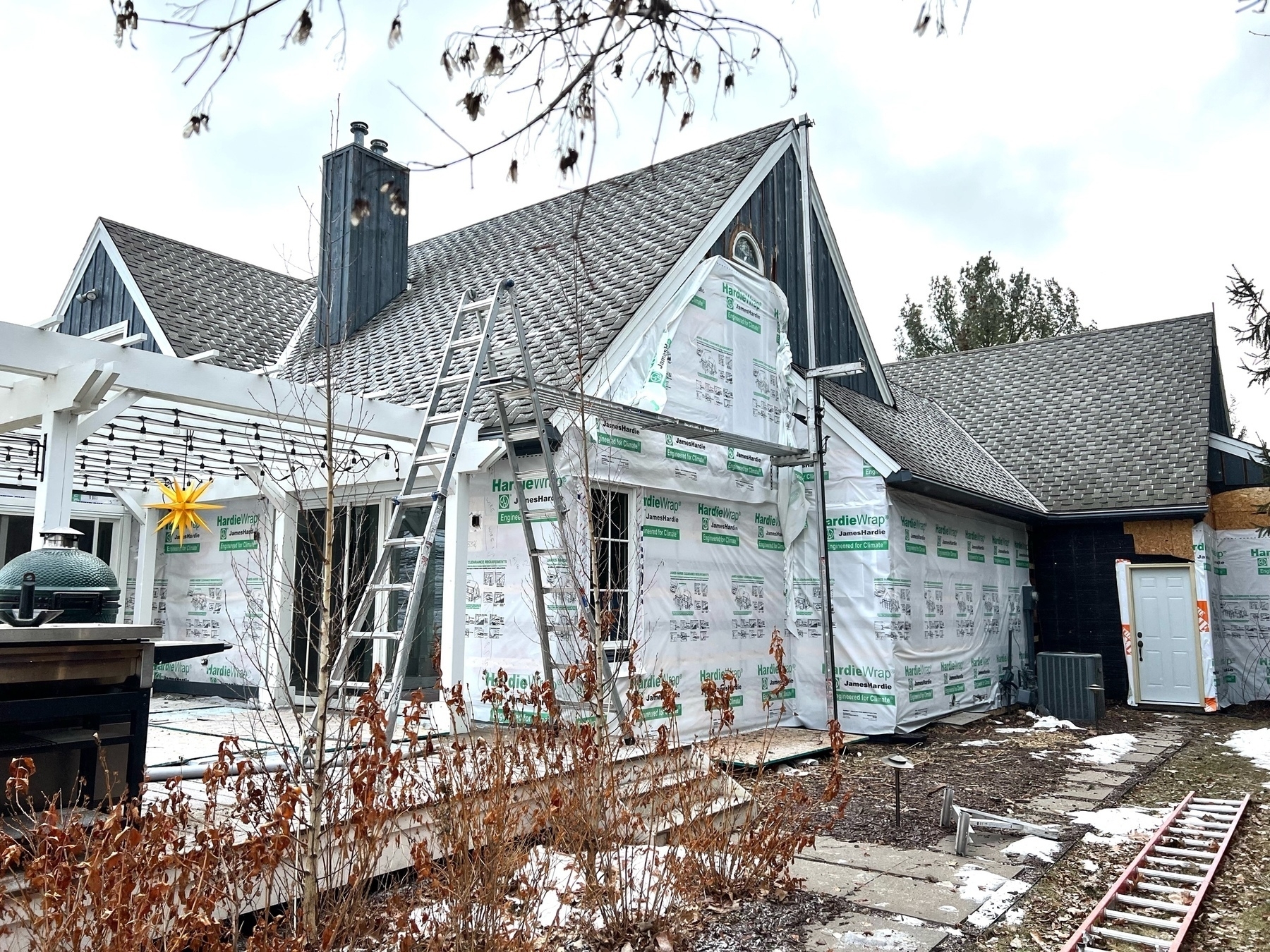
A new study by researchers at Imperial College London found no evidence of a difference in severity between the Omicron variant of covid-19 and the Delta variant. The risk of reinfection, however, is 5.4 times higher. Previous infection or a two-dose vaccine regimen offer no more than 20% protection against symptomatic cases of Omicron—but a booster from an mRNA jab can push this figure up to 55-80%. Omicron is quickly supplanting other strains: it now dominates in England, accounting for 54% of cases. Public-health agencies logged record infections on Friday—in Britain, New York state and — The Economist Espresso, Morning Briefing, December 18, 2021
Quantum Mirror at REM5VR
Tammy got us tickets to see the Quantum Mirror exhibit at REM5VR. We’ve been to REM5VR many times for VR games, but this Quantum Mirror is a “transcendent immersive art experience”. It was created by Adrian Stein. We weren’t real sure what to expect at all, and I was very curious.
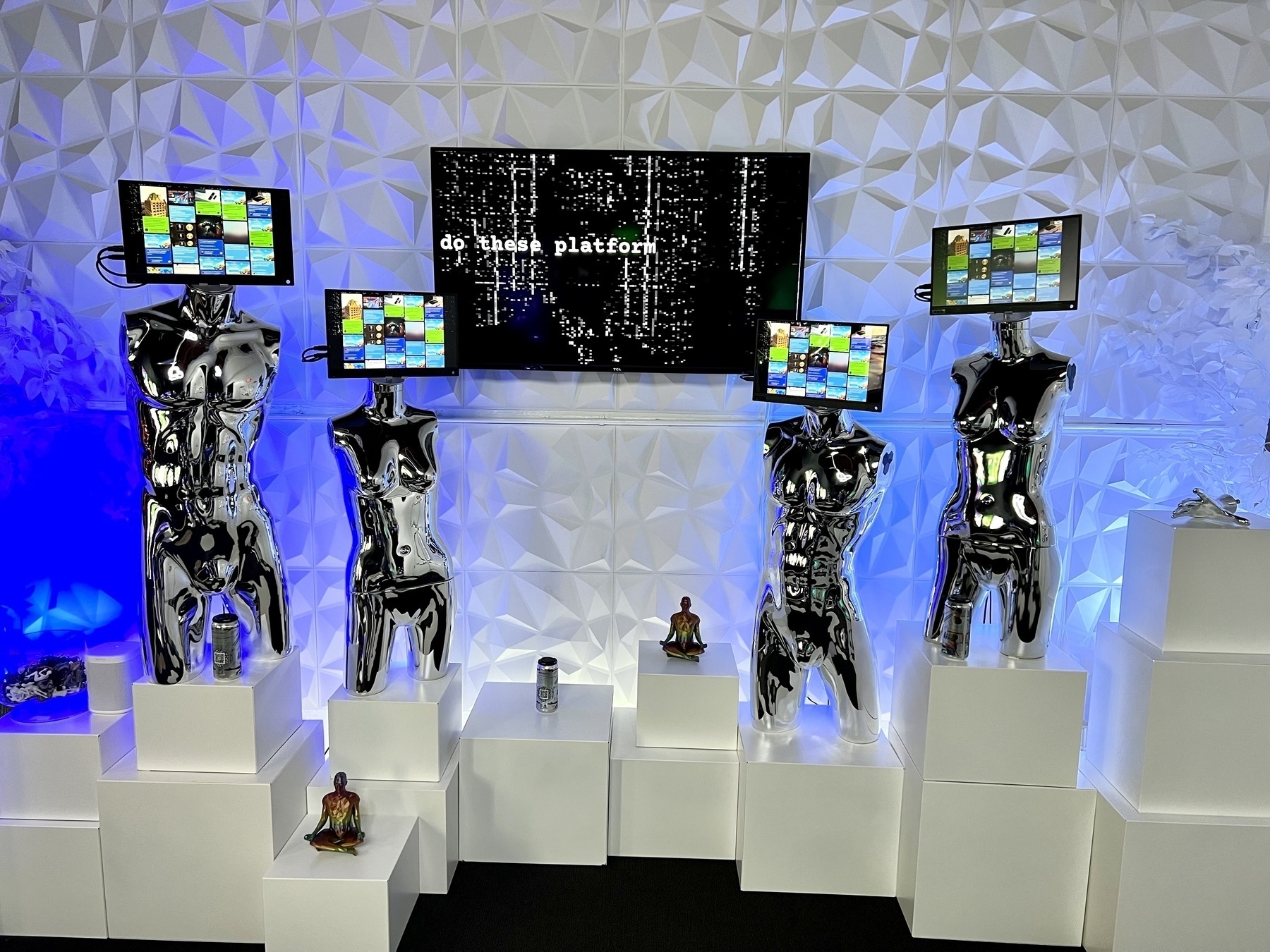
The exhibit is limited to 6 visitors at a time, and is experienced in two settings. The first is a gallery space with digital art on the walls, and six chairs. After a moment you take a seat and take a VR experience to “upload yourself”. The VR experience was pretty cool. You didn’t walk around, more like you were on a train going through these experiences tied to the art.

Upon completion of the VR experience you then enter the Quantum Mirror. This is a room covered on all sides by mirrors, and at a variety of angles. In the center of the room are three portrait displays playing about a 10 minute loop with audio. There is no interactivity, but the reflections are very engaging. I captured a 30-second segment of the video which shows it best.
It is with a bit of surprise that I have to admit I haven’t explored digital art with any seriousness. Surprising because we have a good amount of art and appreciate it, and I’m obviously into technology, but the two haven’t intersected. This experience was cool and made me want to see more like it.
At the end of the experience you could type a message to yourself in the metaverse. This was a neat touch but lacked clarity on where it went or what happened with it. It would have been cool for that to be somewhere on the web or folded back into the experience for others to see.
Quantum Mirror had a couple of nods to crypto tech, most notably the premier digital art you could purchase also came with two NFTs. This would have been a brilliant use for a POAP token. I was really wishing I could have gotten a Quantum Mirror @ REM5VR POAP token.
Joined the Famous Fox Federation with Fox #7164. I staked it to collect $FOXY tokens. Having fun on Solana.

Great list from Ryan Holiday. 🤔
9 short rules for a better life:
- Wake up early
- Focus on effort, not results
- Read every day
- Strict with yourself, forgiving of others
- Seek out challenges
- Stay a student
- Cut toxic people out of your life
- Think about death
- Focus on what you can control
Calm in Minneapolis but it is because we are in the middle of this huge rotational system. 😬
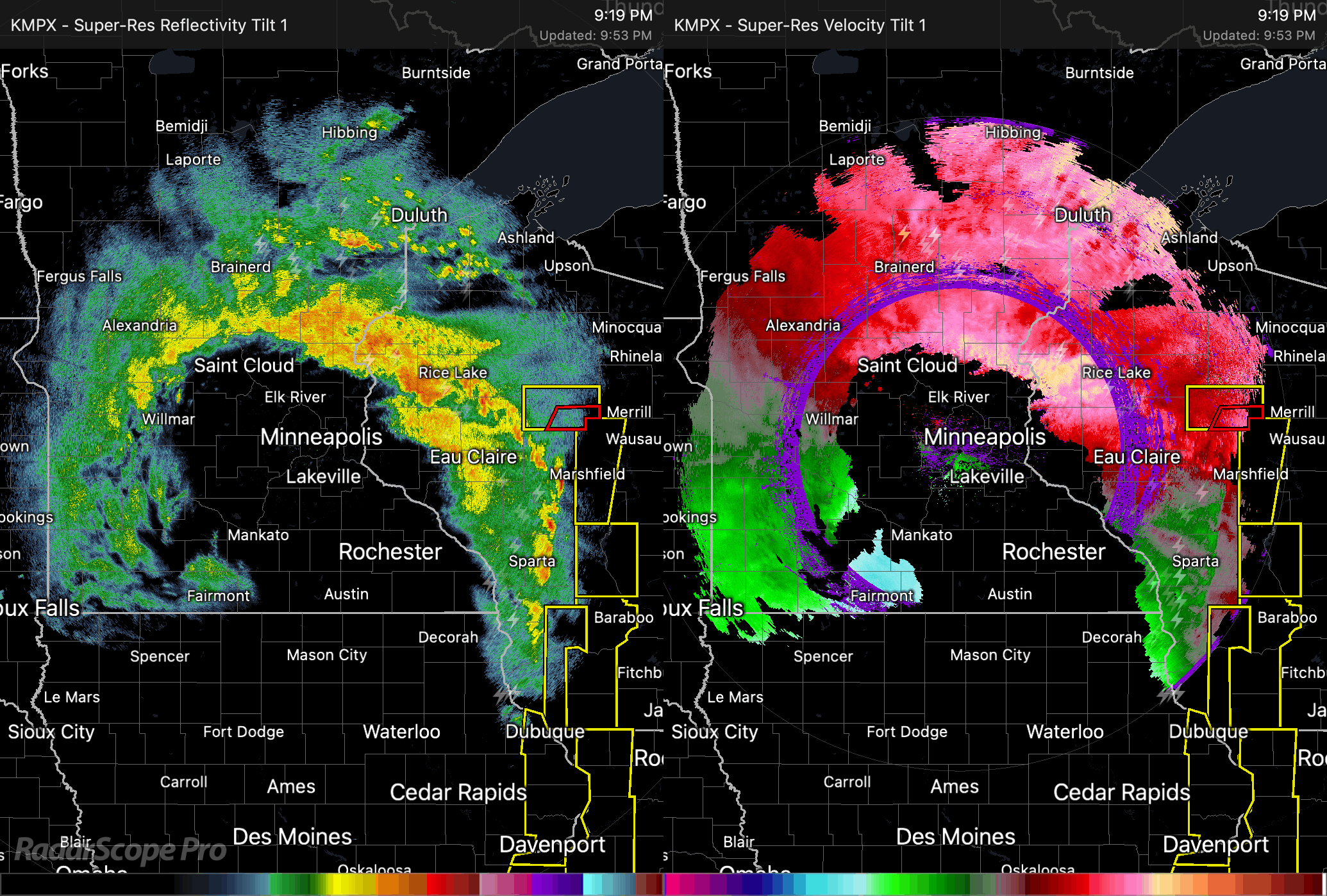
I don’t know if it’s even helpful for me to have this much data. 😬
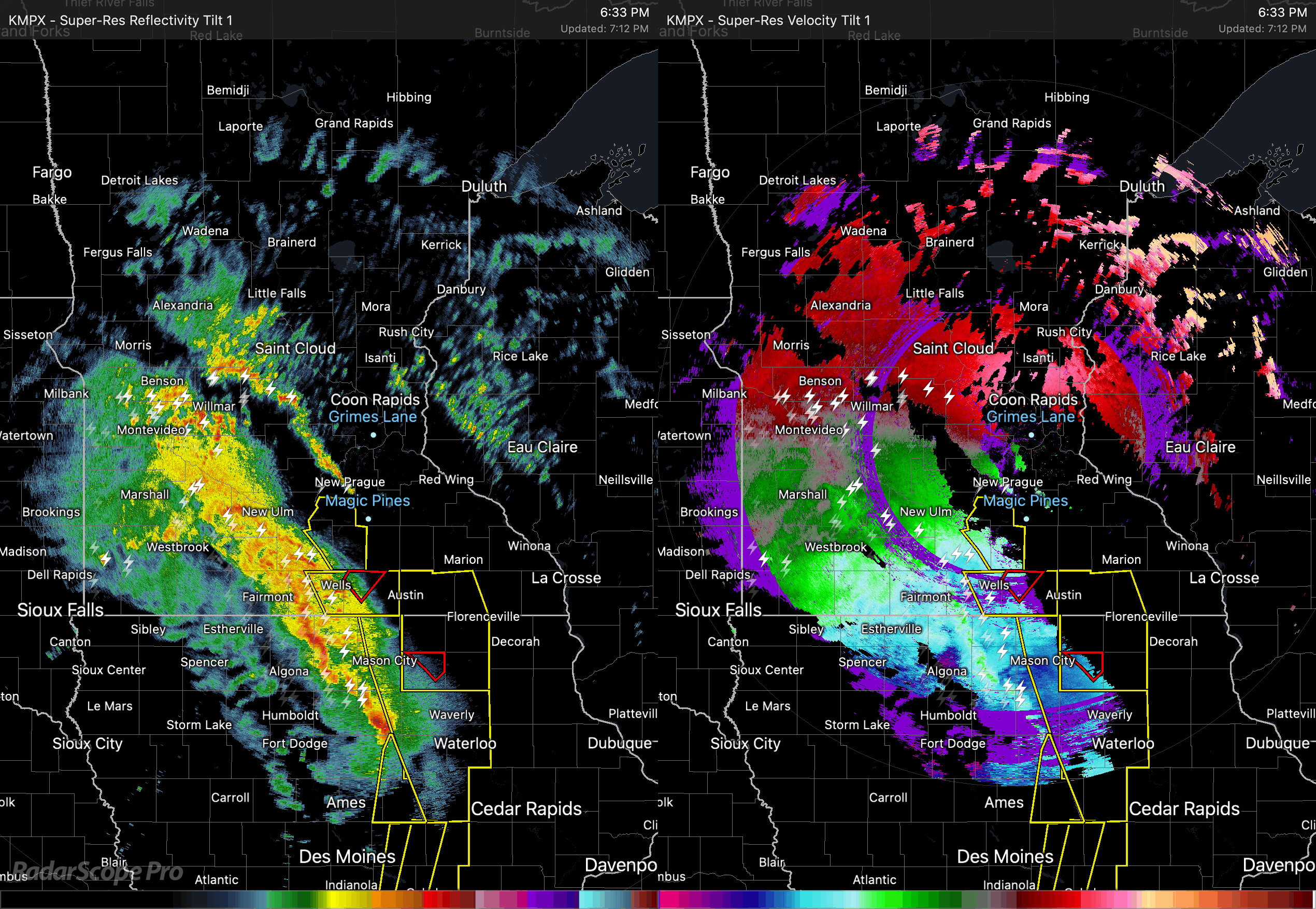
Severe weather coming through tonight. Unusual to have tornado watch in December! Hoping for the best. 🤞
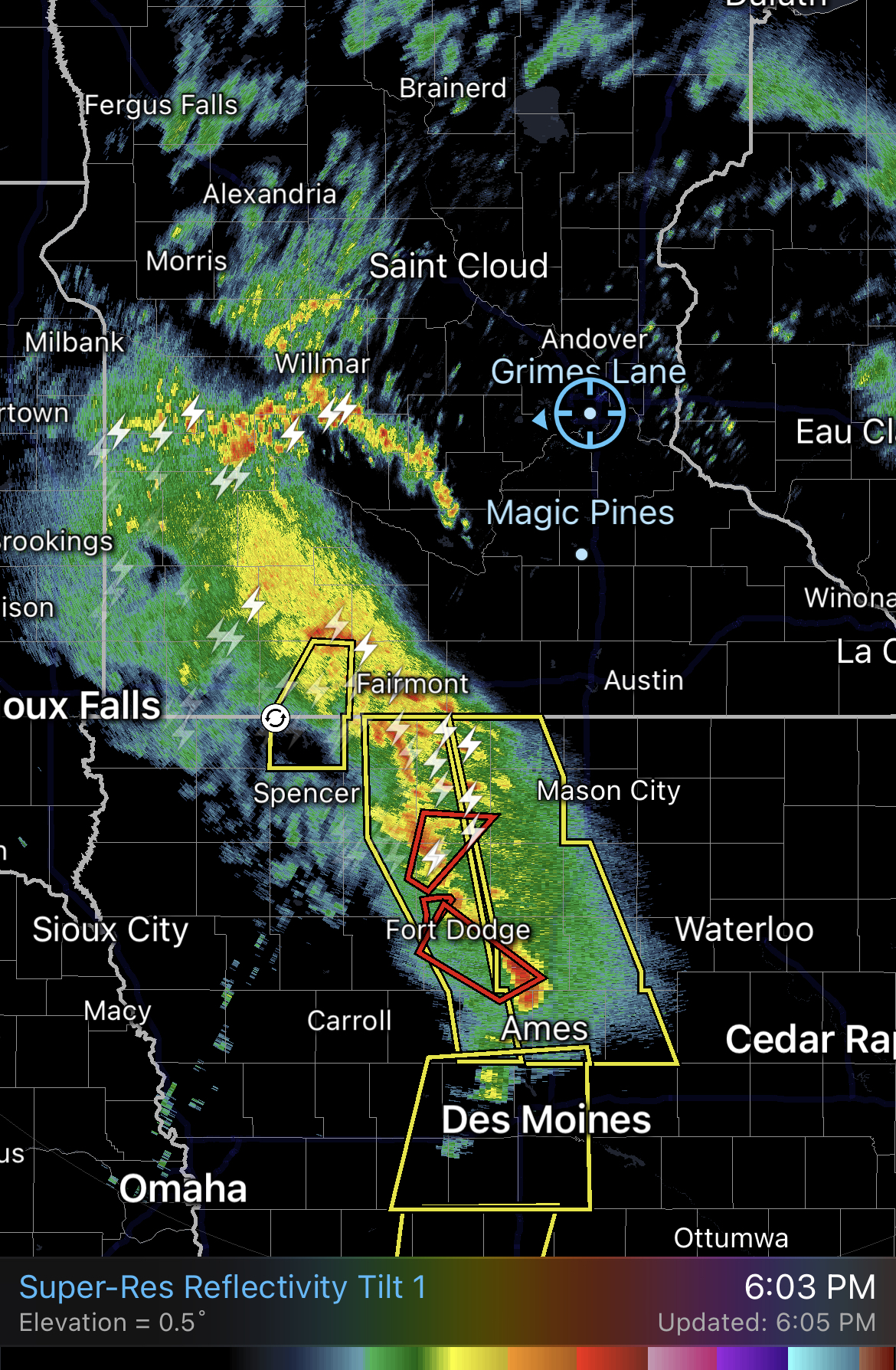
I updated all of our iPhones, iPads, Apple TVs, Macs, and Apple Watches. All went smooth except an old iPad Pro that my son uses. It refused to run the updater. Finally remembered I could plug it into my Mac and have the computer update it. 👍
Taking my first try at staking some crypto. Phantom made it easy and with a couple of clicks I staked some SOL with stake.systems. Curious to see how this all works. 🤔
Namebase Squatters
Now that I have ENS setup as well as SNS setup, I ran across Namebase (HNS) recently and found it intriguing. Namebase does something that I think is really weird, it allows reservations of names at the root of the namespace. So, instead of thingelstad.com, thingelstad.eth, or thingelstad.sol you can just get plain thingelstad. They claim to say this allows it to interoperate with traditional DNS, which it sort of does, but it collapses namespace in a way that I don’t think is workable. Anyway, I decided to poke around and was really surprised.
It turns out that thingelstad was already purchased! Now, my last name is pretty uncommon so this seemed odd to me. Even stranger, it was purchased on June 29, 2020. The buy paid 0.40 HNS which is about $0.10 USD today, and only about $0.07 USD at the time of purchase. But, perhaps this is a valid purchaser. Some other Thingelstad playing around in crypto.
I decided to look for jamiethingelstad, surely that would be available. Nope! Someone just purchased jamiethingelstad as well. The auction ended on Nov 29, 2021, for 120 HNS. $30 USD! Someone seemed to think that it was worth $30 USD to buy my name?
Confused, I looked for the one other domain I typically buy, weeklything. And sure enough, someone bought weeklything on April 29, 2021 for 7 HNS. A measly $1.75 USD for that one. This one though is actively for sale, for the low price of 395 HNS, just under $100 USD. You gotta be kidding me.
These seem too focused and I wonder how these squatters identify their list of domains. I thought perhaps people watched ENS registrations and then bought available HNS tokens, but the HNS purchase of thingelstad was a full 10 months before I bought thingelstad.eth.
I’m dissapointed with Handshake/HNS because I think it sets up a bad system when you allow people to register a name for such low prices. But even with that, the person that bought my name paid a reasonable price of $30 USD for the pleasure.
I’m skeptical of this service, so I don’t plan to attempt to get any of these names. I think the way they structured the namespace is too flat to work well. But it is still annoying. 😤
Registering Solana Name Service Tokens
I have been using Solana a good amount lately, namely for Angry Bunny Club (have 19 bunnies now). I decided to see if there was an equivalent of the Ethereum Name Service (ENS) but for Solana and found the Solana Name Service (SNS) from Bonfida. SNS is not nearly as mature as ENS, and has a whole different process for buying. You cannot just buy your preferred name, but instead have to start a 3-day auction that anyone can bid on and the winner gets it. So, I started auctions for thingelstad.sol, jamiethingelstad.sol, and weeklything.sol.
To bid on the domains you have to use FIDA tokens, not regular SOL. The minimum bid is about 2.75 FIDA, or about $20 USD. The SNS tokens are permanent so you do not have to pay a fee once you own them. And similar to ENS, they are implemented as tokens that you can send to another wallet if you want.
Getting FIDA in my wallet was much harder than I expected. There was a utility on the site that claimed to do it easily but it didn’t work. I found two exchanges that had it but they didn’t allow US citizens. Finally I found Gate.io which is a pure crypto exchange that I was able to setup an account on, transfer SOL in, buy FIDA, and get it out. Very, very painfully though.
Today the auctions ended and my 3 FIDA bids were not challenged. So, I now have three SNS tokens. The specification is still very vague on what you can do with it. When you claim the auction you have to specify how much space you want for the token. I decided to buy 7 kb of data that can be stored with each. The minimum was 1 kb and maximum was 10 kb. No idea how much I will really want. Essentially, I’m assuming my “zone file” for Solana will be smaller than 7 kb. Seems like a safe assumption. Solscan has a special tab to show my domains.

We had a great time being creative with paint and canvas today at Mess Hall Art Experiences! 🎨

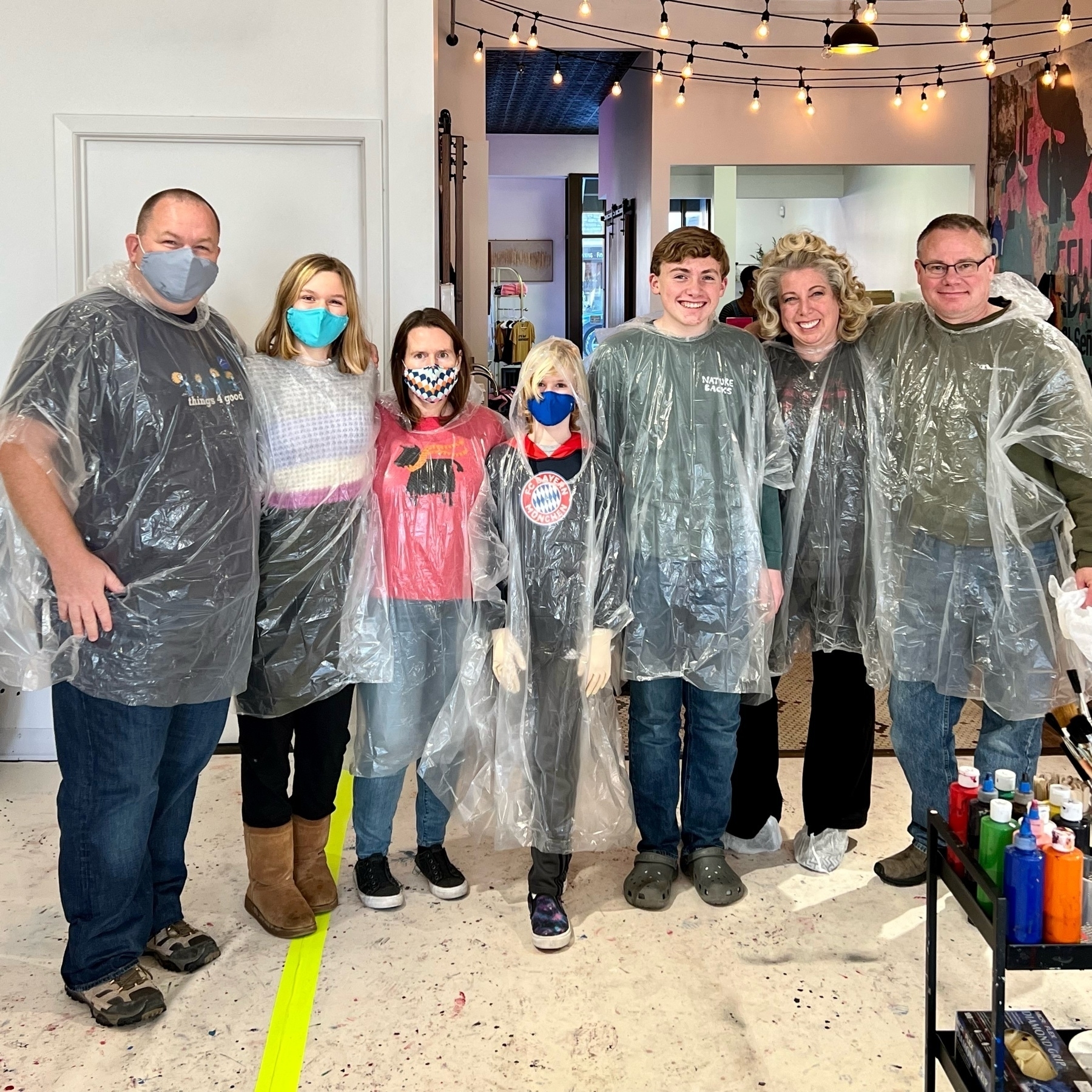




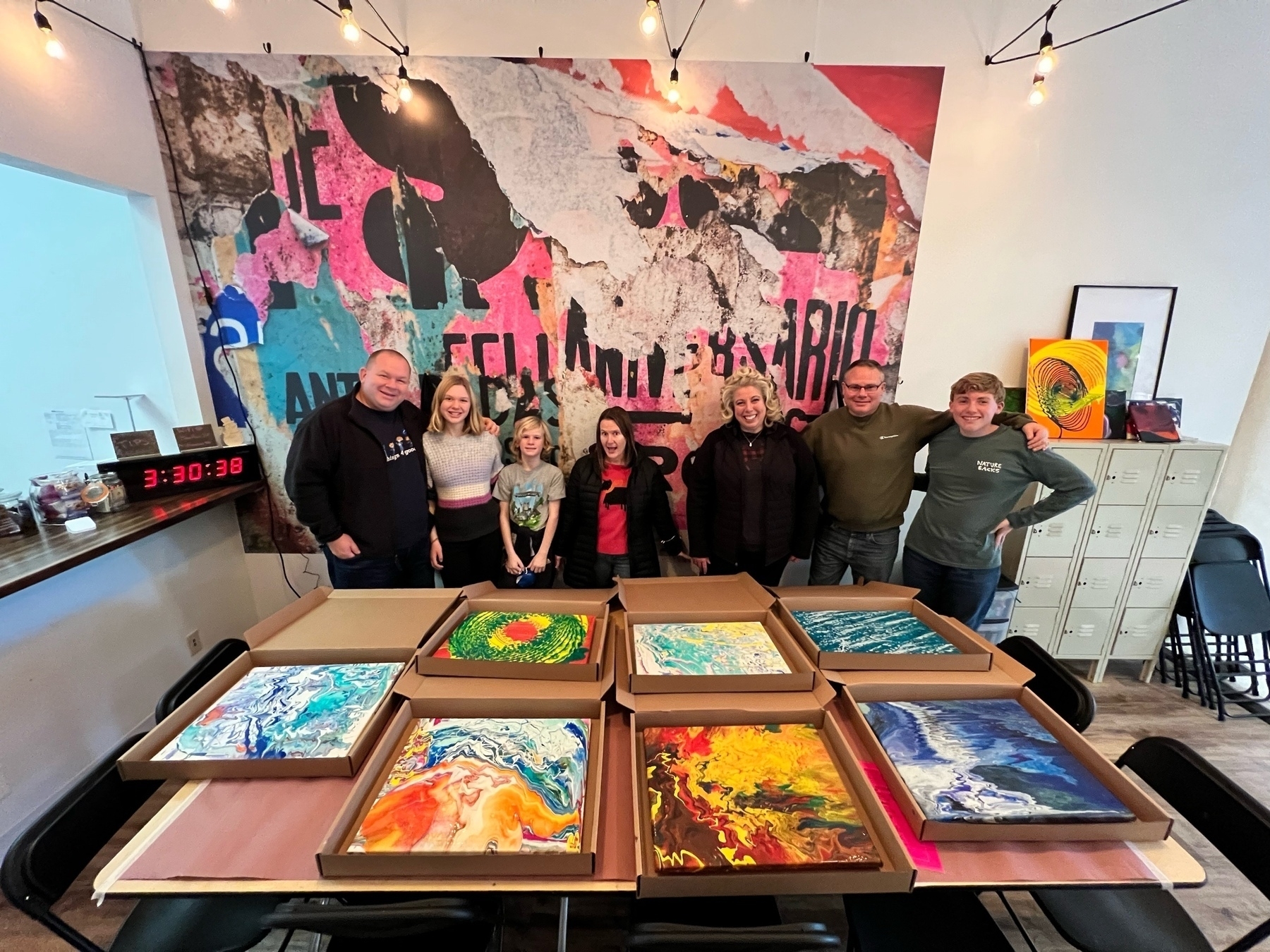
We visited the Norway House’s Gingerbread Land today. There weren’t as many on display as previous years but it was fun to have this tradition again.

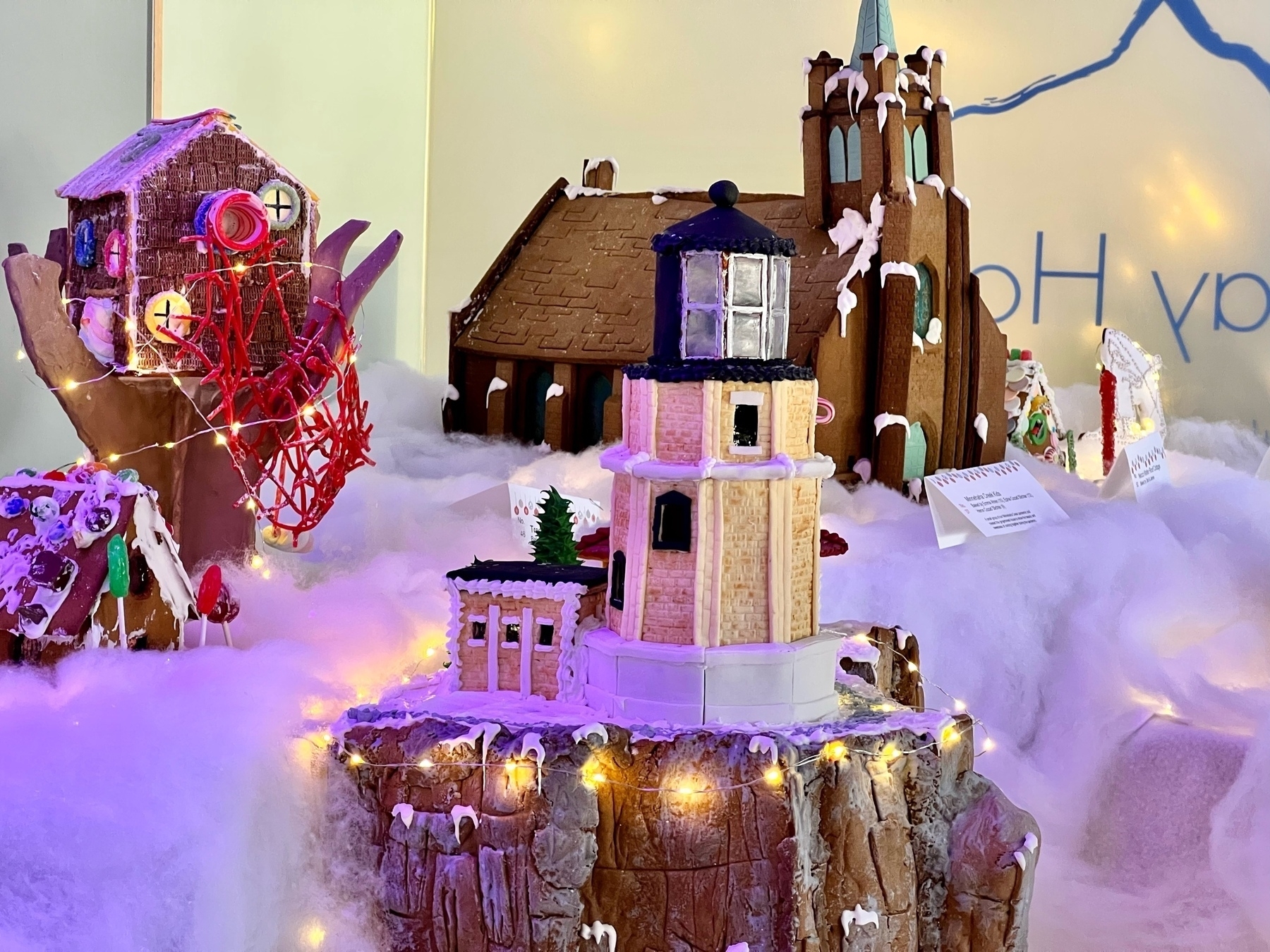

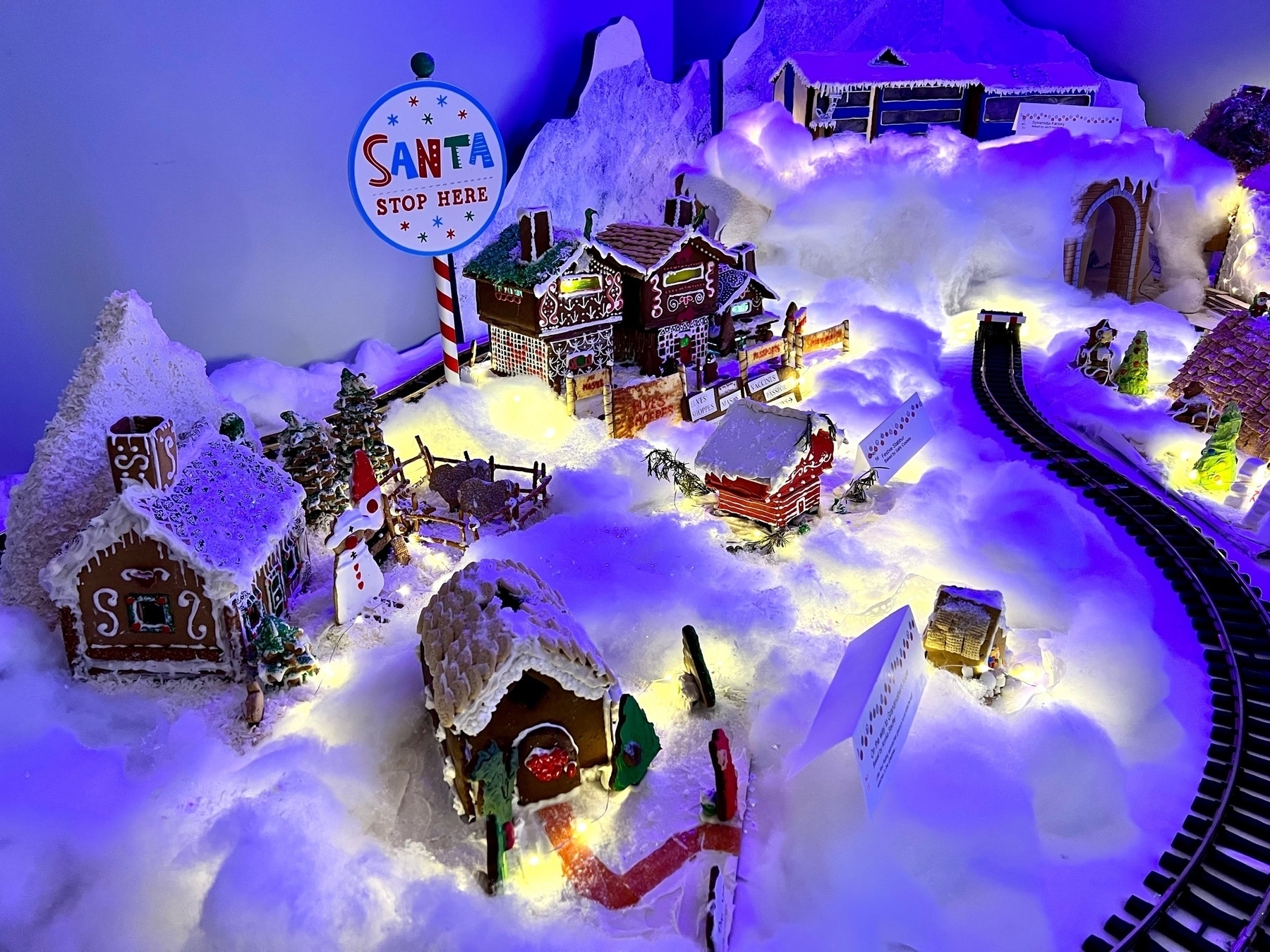
8-Bit Christmas was a fun holiday movie, especially if you loved your Nintendo when you were a kid! 🎄

We got three four independent COVID-19 exposure warnings from Washburn High School today. 😬
Taking an at-home COVID-19 test during a break in a meeting while working from home. Very 2021… 😒
Result: Negative.
The kids love it when Dad makes oatmeal. Whipped cream for the win! 🤩
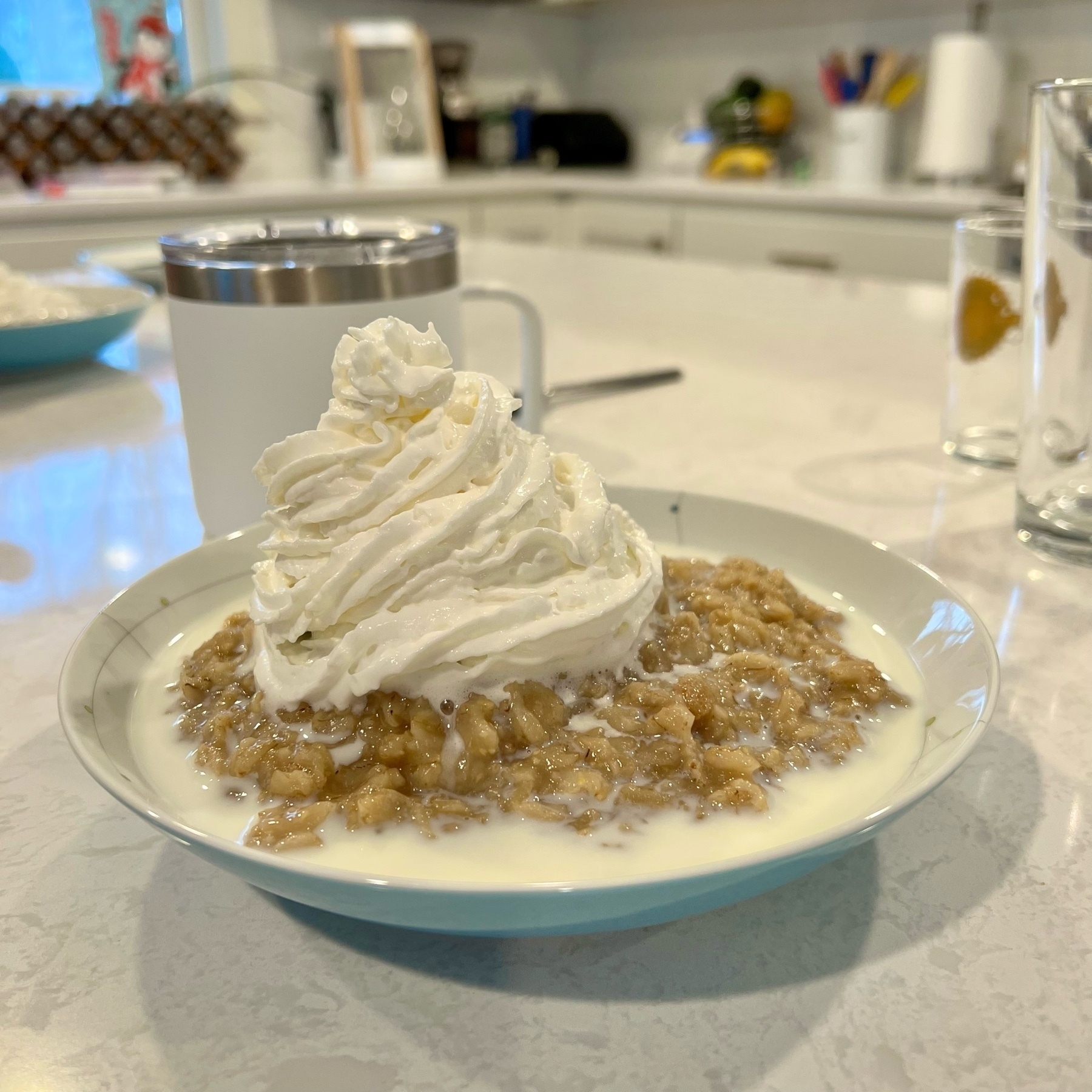
I’m a fan of POAPs and have created many POAP events of my own. The ConstitutionDAO POAP is the first I decided to migrate from xDai to the Ethereum mainnet. So close… and the POAP is a fun way to remember the history.
